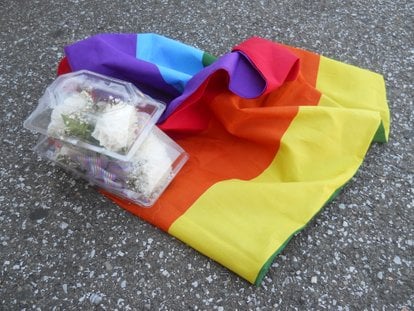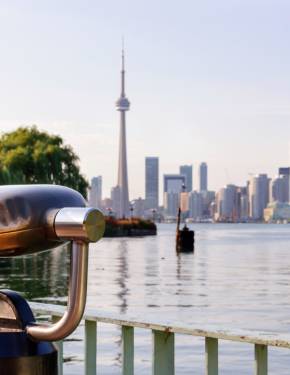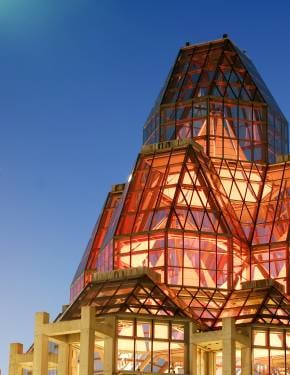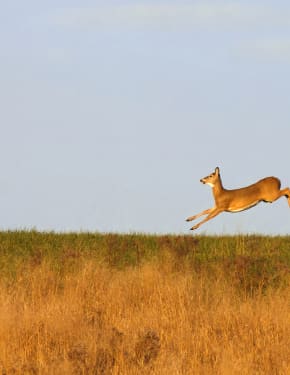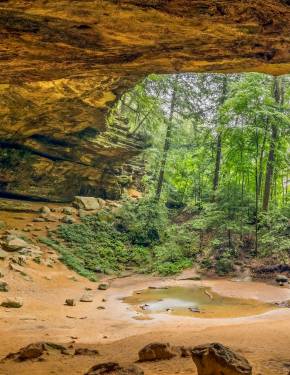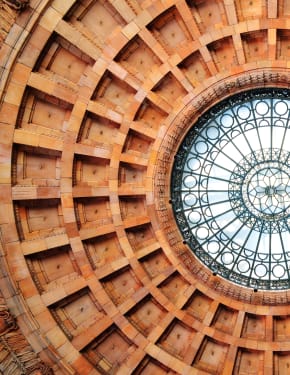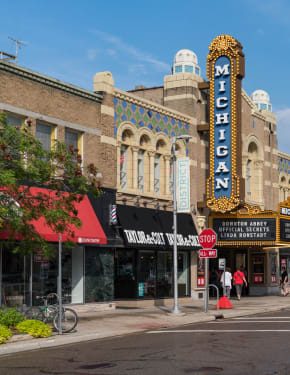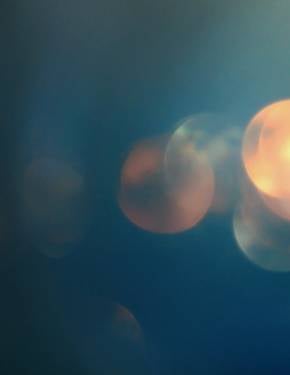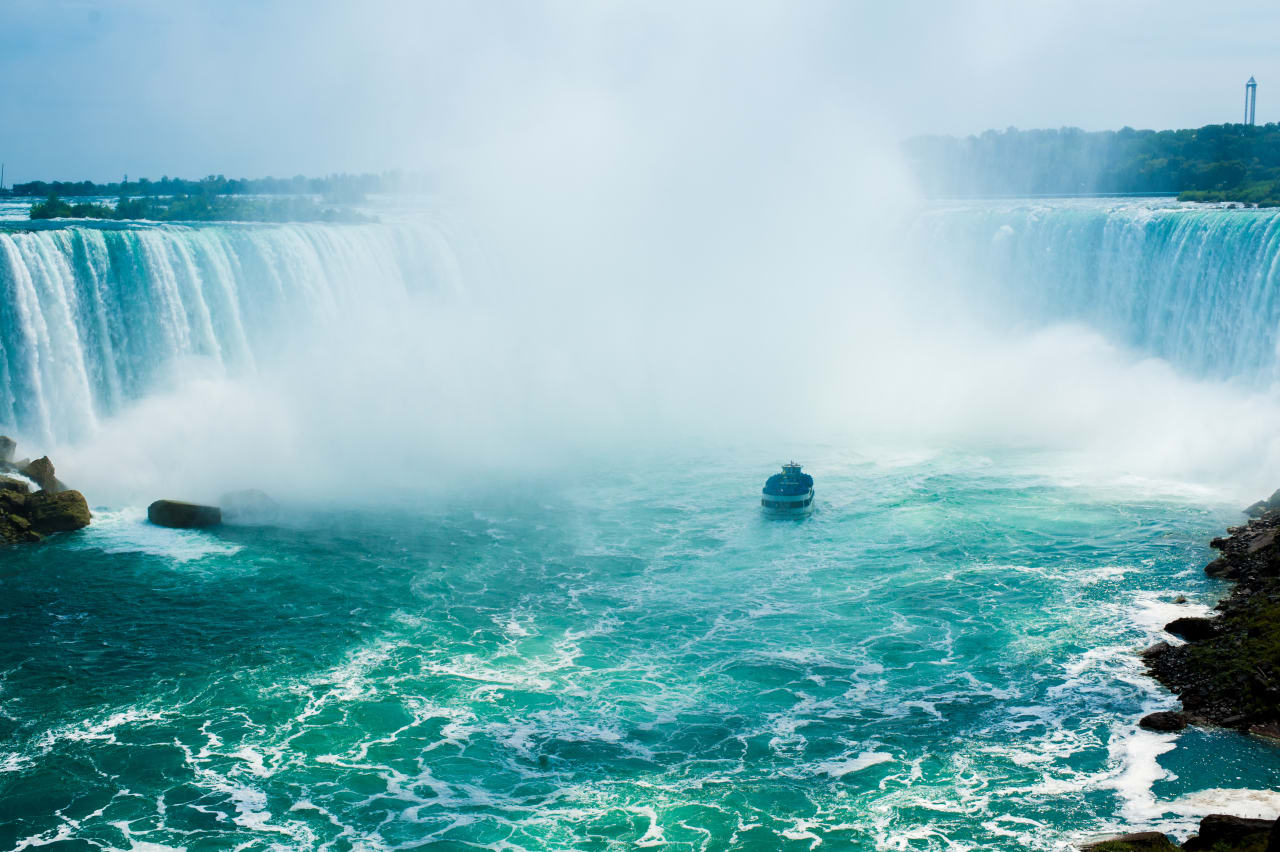
Best time to visit
26 things to do in Niagara Falls

Butterfly Conservatory
A large amount of bright tropical butterflies fly freely among exotic blossoms

Hiking Trails Close to Niagara Falls
Get your heart pumping from these mesmerizing views
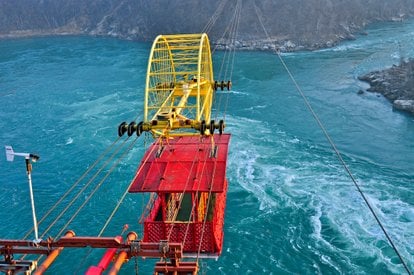
Whirlpool Aero Car
This mindblowing attraction that was designed one hundred years ago will leave you breathless
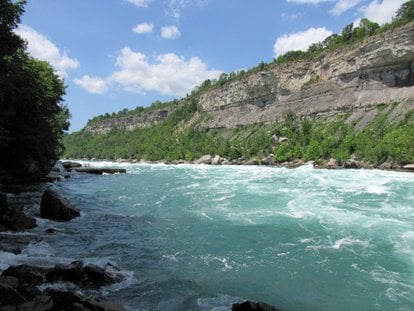
White Water Walk
You will not want to miss this perfect ambience during your promenade
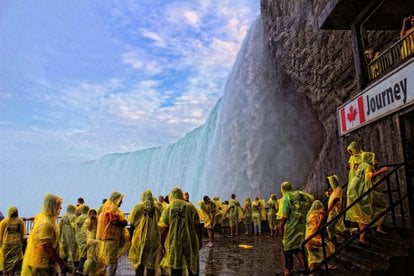
Journey Behind the Falls
Check out the unusual view of the falls from below and behind

Maid of the Mist Boat Rides
A unique way to "explore the roar" and get as close to the famous falls as possible
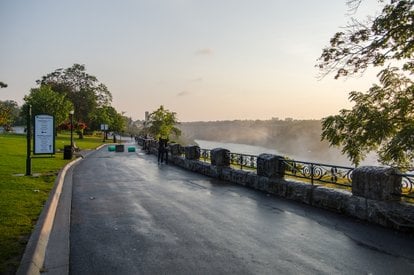
Queen Victoria Park
Discover this awesome park with its beautifully maintained gardens and valuable collection of unique plants
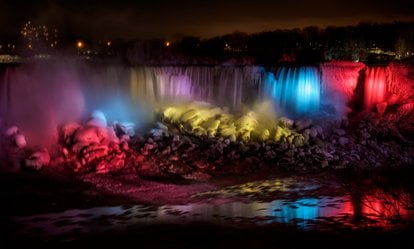
Winter Festival of Lights
Discover Canada's prime illumination festival in Niagara Falls
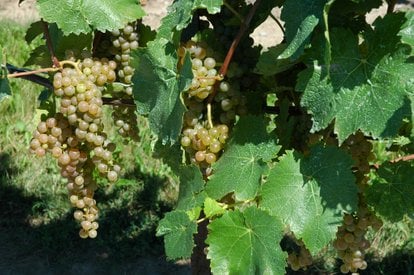
Grape (Wine) Harvest
The arrival of fall is a busy time for Niagara wineries
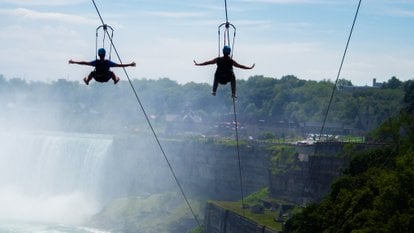
MistRider Zipline
Feel the unforgettable thrills while riding above the gushing Niagara
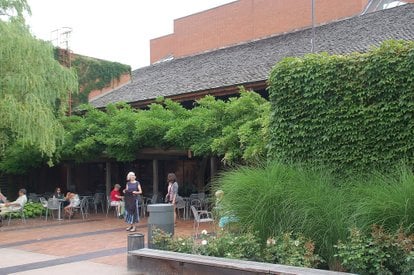
Shaw Festival
Enjoy an eclectic array of bold dramas, sweeping classics, and quirky comedies
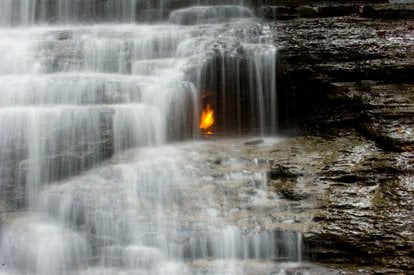
Eternal Flame Falls
The eternal fight or rather a cooperation of the two natural powers of water and fire at the Eternal Flame Falls

Niagara Falls Marathon
The challenge that's worth a place on your bucket list
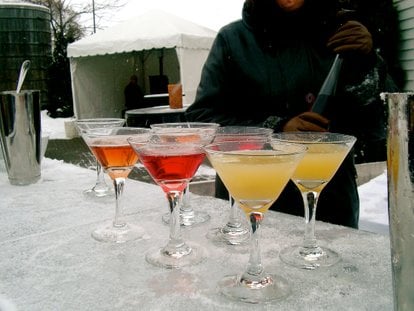
Niagara Icewine Festival
Celebrate winter in wine country showcasing the best drinks and culinary delights
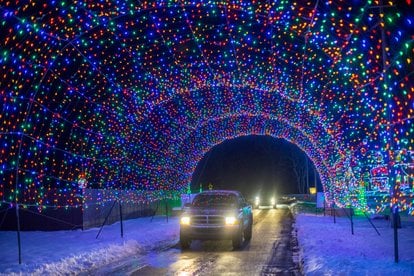
Hamburg Fairgrounds Festival of Lights
The largest holiday festival in western New York State

Reebok Ragnar Niagara
This 300-kilometer relay will take you through the most beautiful places along the Lake Ontario shoreline

National Buffalo Wing Festival
One of the best food festivals in the U.S. celebrating iconic chicken wings
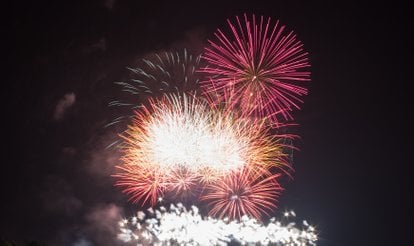
Niagara Falls 4th of July Fireworks, Parades & Events
Amazing fireworks, special excursions, and lots of activities for the whole family

Royal Canadian Henley Regatta
The most prestigious rowing race in Ontario

Winter Birds
Every winter, the Niagara River becomes a shelter for countless gulls, canvasback, ducks, geese, swans, and other waterfowl
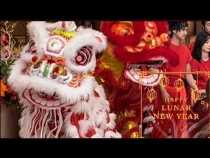
Chinese New Year
Niagara hosts a range of Chinese New Year events worth checking out

Niagara Falls Comic Con
The premier popular culture convention in Niagara Falls
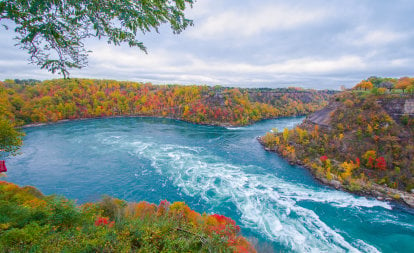
Fall Colors in Niagara Falls
Discover dozens of treasured spots hidden along the Niagara Parkway, both on Canadian and American banks

Niagara County Peach Festival in Lewiston
Explore the world of peach cakes, pies, and shortcakes at the annual fruit extravaganza

